|
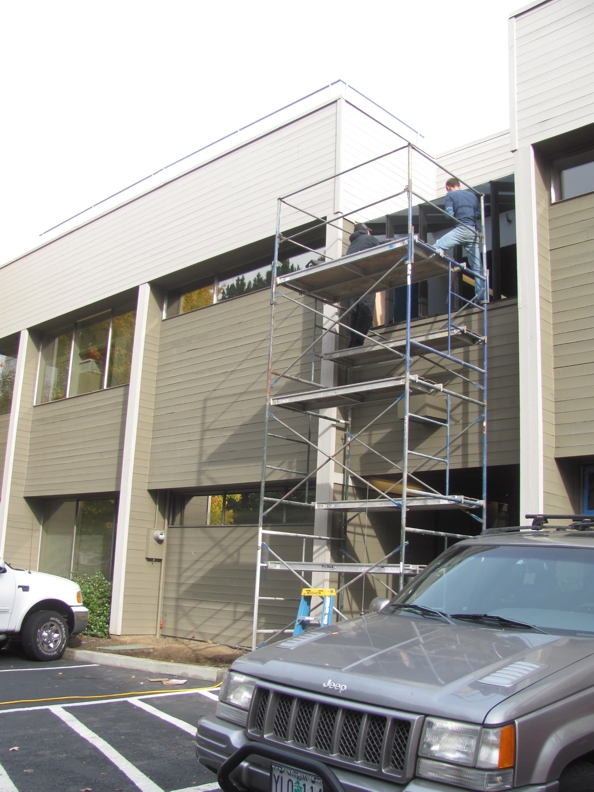
Commercial buildings account for a substantial percentage of our work.
Yes, this is a residential-category, but I thought we’d keep all the solarium projects together, since we don’t get called upon to do that many commercial solariums.
|
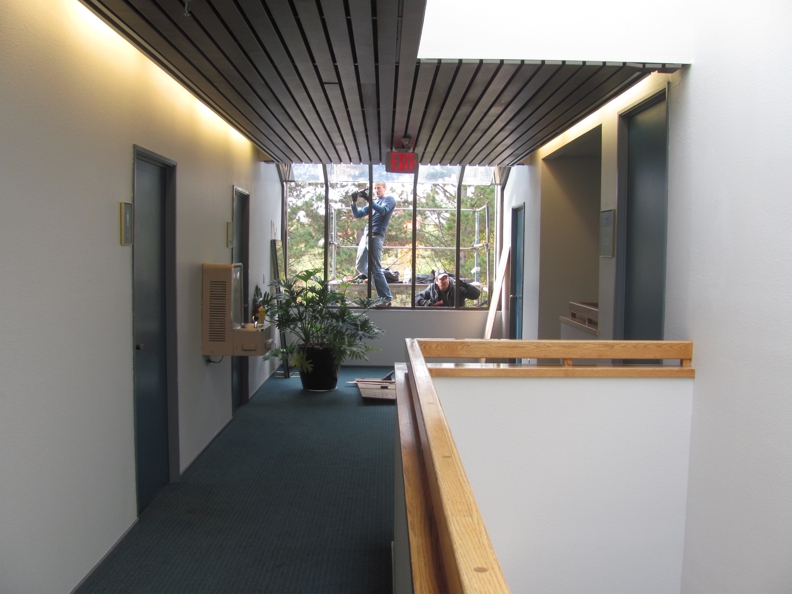
We install and repair Solariums, Skylights, Windows, Doors, Storefronts, Failed Glass, Aluminum-Glass Doors and Hollow-Metal Steel Doors…
|
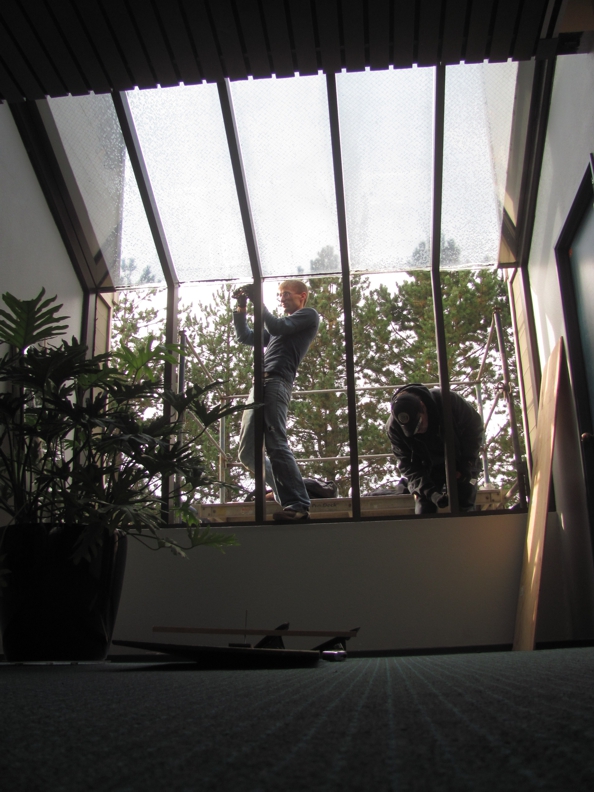
…not to mention adjusting, repairing or replacing all the brands and types of commercial Hardware known to modern man.
|
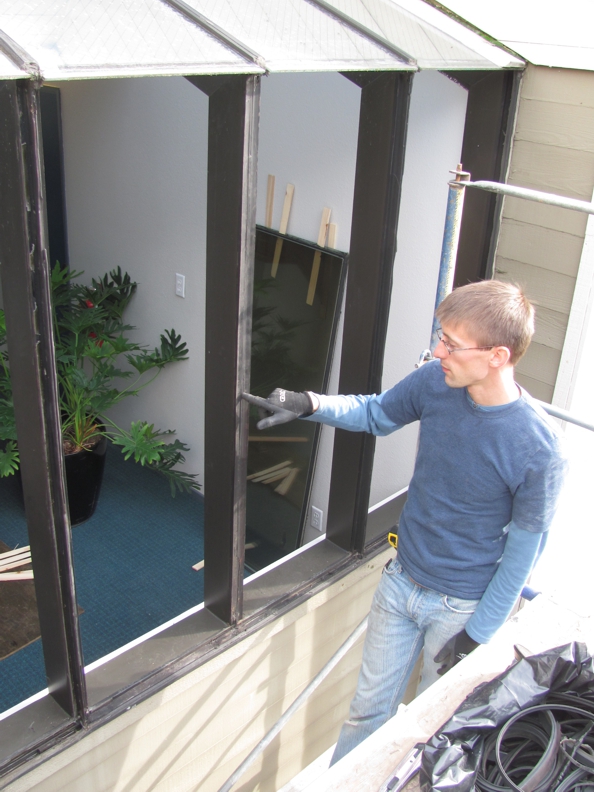
I believe the problem here was that the property management company was growing tired of sending folks out to slather on another layer of caulking every time a leak developed.
|
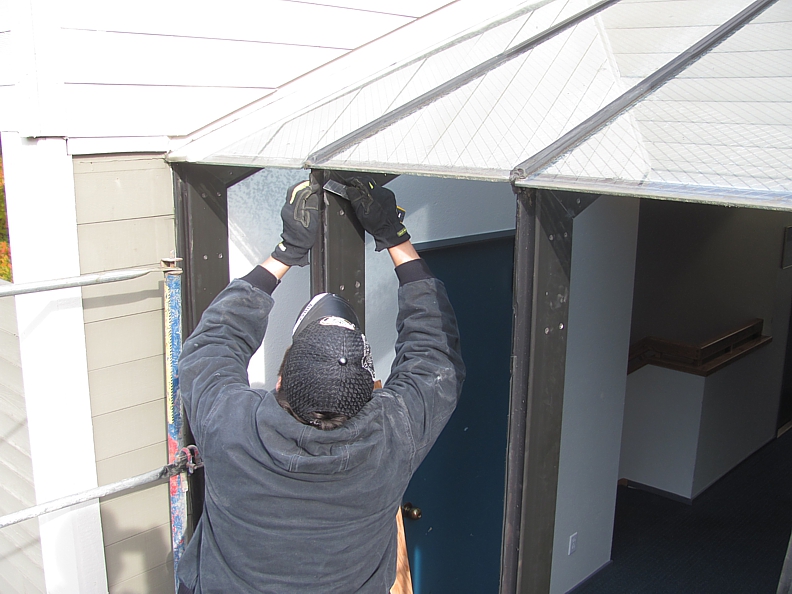
So they hired us to remove the glass, clean off 20 years or so of caulking from the glass and the frame components and then reglaze the glass back into the jambs.
|
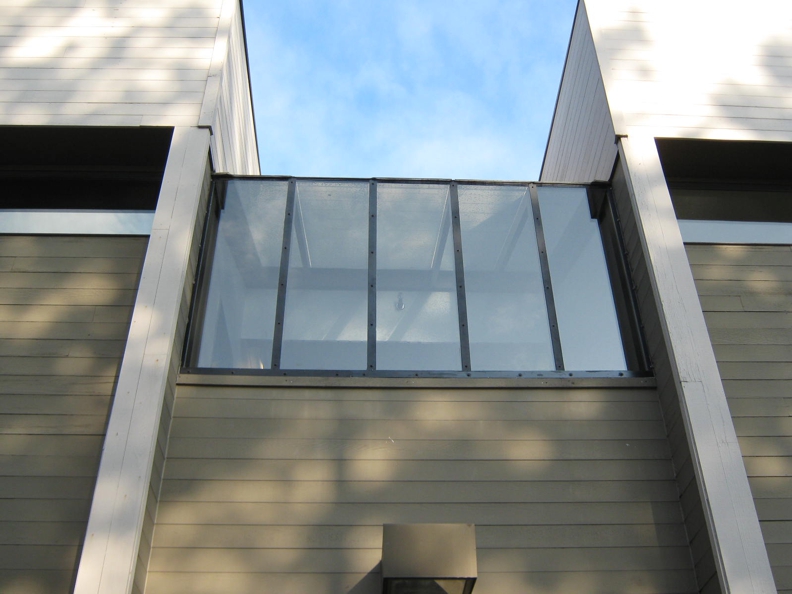
Another Revamped Solarium.
|